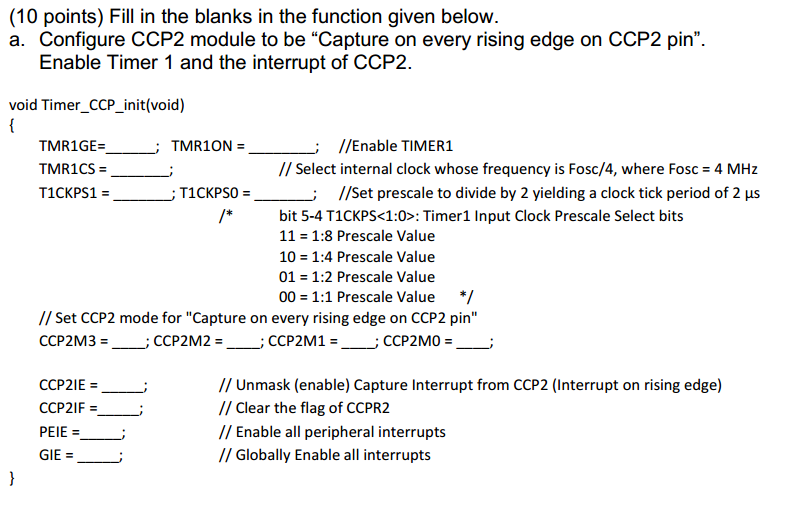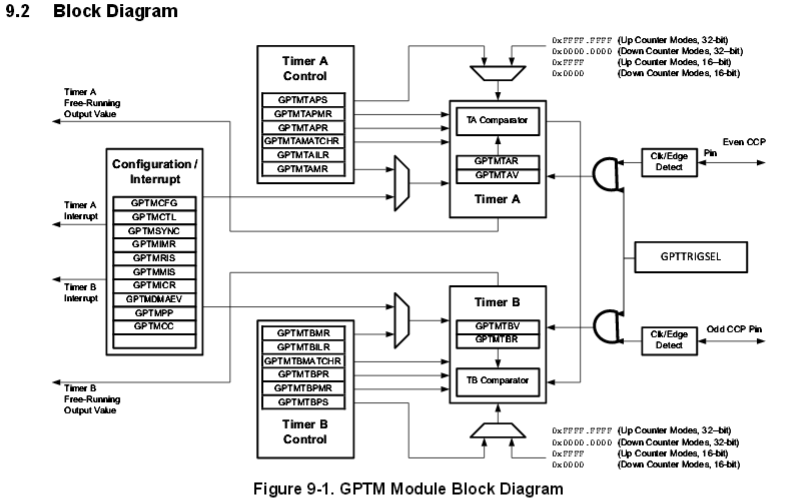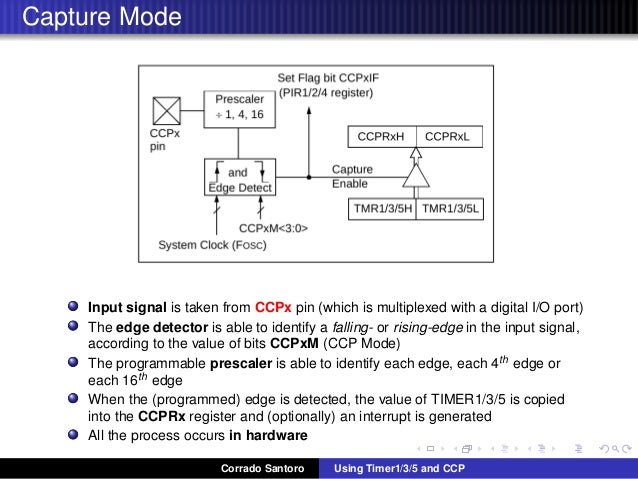

PWM1_Set_Duty(current_duty_1) // Set current duty for PWM1 Short current_duty_2 = 16 // initial value for current_duty_2 Short current_duty_1 = 16 // initial value for current_duty_1 It may be given to two LEDs and you can see the changes in brightness as Duty Ratio changes. The output of the two CCP modules are given to a CRO to observe the changes in pulse width. Using Internal PWM Module PIC Microcontroller Circuit Diagram Switch 4 : To decrease the Duty Ratio of PWM produced by CCP2.Switch 3 : To increase the Duty Ratio of PWM produced by CCP2.Switch 2 : To decrease the Duty Ratio of PWM produced by CCP1.Switch 1 : To increase the Duty Ratio of PWM produced by CCP1.In the below circuit four switches are provided for controlling the Duty Ratio of PWM generated by two CCP modules of the PIC Microcontroller. Circuit Diagram – Using internal PWM Module of PIC In this tutorial we are using PIC 16F877A for demonstrating PWM generation using CCP module. Note 2 : All PWM modules in a PIC Microcontroller uses Timer 2 for its operation, so you cannot set different frequencies for different PWM modules. Note 1 : For microcontrollers with more than one CCP module, to use the desired CCP module for PWM generation simply change the number “1” in the prototype with desired module number. PWM1_Start() should be called before calling this function otherwise calling this function will not have any effect as PWM module is not running. PWM1_Init() must be called before calling this routine. PWM1_Stop() : This function stops the PWM output.PWM1_Init() must be called before calling this routine, PWM1_Start() : This function starts the PWM output.The PWM1_Init() routine must be called before using this. The parameter duty_ratio takes values from 0 to 255, ie 0 means 0%, 127 means 50% and 255 means 100% duty cycle.

#Pic ccp as timer pro#
MikroC Pro for PIC Microcontroller provide built-in library for PWM which makes our task very simple. Using PWM module is far more easier and cost effective than using extra chips for PWM generation. It is commonly used to control average power delivered to a load, motor speed control, generating analog voltage levels and for generating analog waveforms.ĬCP Modules are available with a number of PIC Microcontrollers. In this mode Timer0 operates as counter and counts on every rising or falling edge of the clock connected to the Timer’s clock pin.PWM is a technique used to generate analog output signal using digital signals. When the Pre-scalar is set to one or bypassed then the timer runs on the same clock as the CPU is running. Prescaler is an integer value which divides the CPU clock to give Timer Clock i.e Timer Clock = F CPU/pre-scalar. In the internal clock mode Timer0 operates as timer and uses the internal(F CPU) clock with or without pre-scalar. For Timer configurations, it is important to know that how time delay is calculated by the timer. Timer3 can be multiplexed with other peripherals like ADC and generates special event triggering for CCP (Capture, Compare and PWM) events.Ĭlock source of pic microcontroller timers.Alternate clock source can be provided at Timer1 oscillator pins (T1OSO & T1OSI).Selectable clock source (internal or external).

Readable and writable 8-bit registers (TMR3H and TMR3L).Timer3 can work as 16-bit timer or counter.
#Pic ccp as timer serial#
#Pic ccp as timer software#


 0 kommentar(er)
0 kommentar(er)
